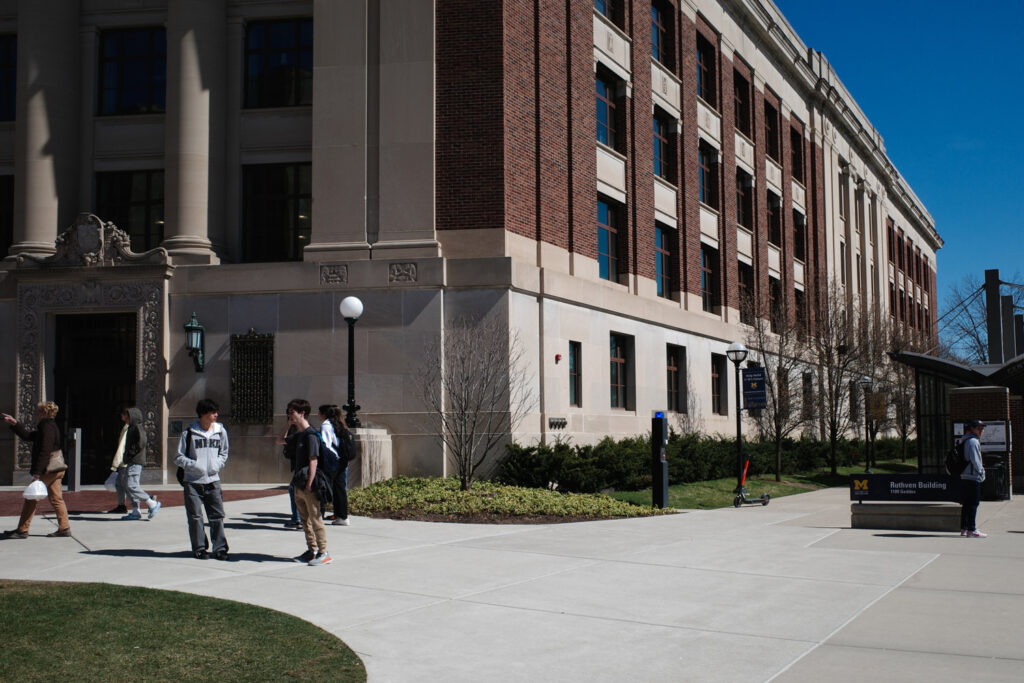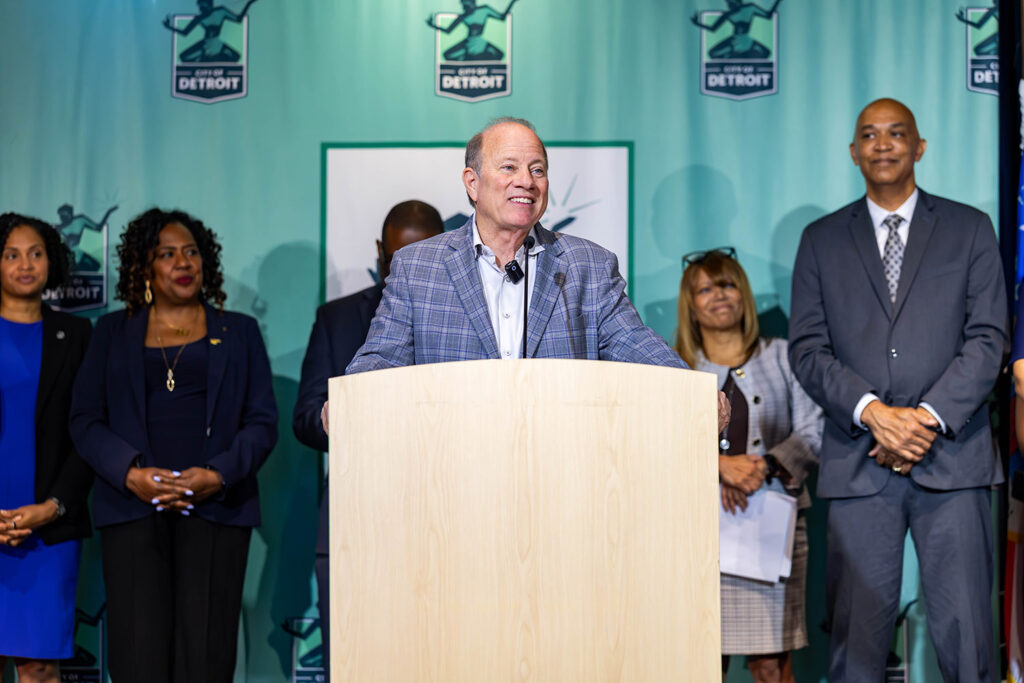Ann Arbor — The University of Michigan, my estranged alma mater. I left campus a decade ago and have romanticized it ever since. In April, I returned to campus for the first time, and boy, the vibes are off.
The push for “diversity” has completely changed campus life, and the bureaucrats responsible for it aren’t hard to find.
U-M gets more selective in their admissions process every year, and not just on academic grounds. The power of the diversity bureaucrats grows ever stronger, pushing their own ideological and racial criteria onto admissions, and the data shows the student body growing more and more international, and more and more bookish, every year.
The push for diversity and higher standards has, ironically, left the campus feeling less diverse than ever in an aesthetic and personal sense. Students come from all over the world, and they get good grades. But they’re all, in the end, of a rather similar type. The opposite of well-rounded—they’re hyper-focused bookworms with fewer interests beyond that. Cerebral, but increasingly without the panoply of interests that lead to truly remarkable achievements.
A sad tale for an iconic American school like U-M, which always prided itself on being smart and knowing how to party. Go have a drink at the Brown Jug on South University Ave and look at all the photos from 1980s U-M on the wall. It was a different universe. The men look straight out of Miami Vice, handsome devils; the women look pretty and done up with big ’80s hair and neon garb. They hit the books, no doubt, but you bet they all knew how to throw a football. They’re all smiling, too. I didn’t see a single smile on campus this time around. Lexapro eyes abound. Something’s changed, and not for the better.
The energy was dismal. I was depressed, so I stopped by Ruthven Hall to visit my old refuge, the Museum of Natural History. I used to wander around there whenever I was down, something about the dioramas of 100-million-year-old creatures cheered me up. Lo and behold, they’d recently moved the museum’s entire collection into a newly constructed sterile, white building down the road.
I didn’t know this, though, and wandered around charming, historic Ruthven, wondering where the hell the museum went. The wooly mammoth bones were gone—I found myself staring at blank corridors and empty offices. I went upstairs and, ironically, was suddenly face to face with the literal Diversity, Equity and Inclusion office. The exhibits on biodiversity were gone, replaced by diversity bureaucrats.
The offices were unmarked. No signs. Not even a pride flag! Just a number on a nondescript door with a glass window pane. I had to look up the building directory online to find out what I was even looking at. I did note that it’s on the floor above the executive offices. Sitting right over the heads of the president and the upper leadership. The sword of Damocles hangs by a thread above the golden throne.
For an office of diversity, it sure didn’t look diverse. It was utterly banal: desks, computers, thin polyester carpeting. No mantras on the walls, no stage for drag-queen story hour, no safe needle injection site. The day-to-day life of the leftist apparatchiks isn’t that of the romantic revolutionary. They’re not Che Guevara. They’re office drones, answering emails, pinging each other in the Slack channel, sitting in glass boardrooms, nodding their heads.
The plotting and scheming that’s changed the face of the university in both a literal and ideological sense is, at the end of the day, not the manifestation of boldness but of decisions made by midwits with inscrutable motivations. There aren’t any inspirational figures leading the charge, no mass assemblies with slogans proclaimed to raucous applause. Just emails from salaried middle managers saying “please fix” and calendars filled with Zoom calls.
What can you expect, when U-M spends more than $18M per year on salaries for the “diversicrats.” Tabye Sellers, the vice provost in charge of the Office of DEI, makes over $400k a year. Isolated in their offices from both the campus and the real world, they push their ideology, which really just exists to make the campus more like them than it does to enhance true diversity. A campus filled with sheltered nerds aloof from reality, engaged in endless debate over nothing—that’s the vision.
Comfort is always the true bourgeois prerogative, and that’s precisely why they moved their offices into Ruthven. It’s much more comfortable than the old executive office building. That building is a fortress—an old professor told me the story. Supposedly, after all the chaos on campus of the student protests in the ’60s, the bureaucrats built it as a bonafide castle. There’s only two doors in and out of the entire building, and the second floor towers over the first, terraced out a good 15 feet, so you can’t climb up the walls. The windows are small, and they don’t open. Claustrophobic, terrible feng shui, but secure.
They used to fear the students. Now they moved into Ruthven Hall. Far more beautiful, far less secure. Evidently, they no longer need a fortress, they can hide in plain sight. Who would think to even wander into that building, let alone protest there? They’ve won, they’re comfortable now, fat with endowment money, cushy salaries, and middle-class benefits.
Even when the students do protest, which they did shortly after my visit, it never occurs to them to visit the executive offices. I doubt students even know where they are. The gears of the university’s propaganda machine kept turning, two blocks away from the little tent city yelling about Palestine.
There’s a quote hanging over the doorway to Ruthven, etched into the worn copper patina. It reads, “Truth Conquers By Itself.” A powerful statement, fitting for when the building housed the natural history museum, displaying dinosaur bones and physical artifacts impossible to deny. Seeing it displayed over the newly minted propaganda offices had me cackling. Their whole job is to distort, reframe, and twist the truth to fit the narrowness of their ideology. To fight for diversity—to make everything the same.
One can only hope that the saying holds true and truth conquers in the end on its own merit, with its own weight. There’s an army of bureaucrats in those offices fighting to promote their own vision of the future, and not many who are able or willing to push against them in any organized way. If truth holds weight though, we need not worry. We’re going to win—and there’s nothing they can do about it.
Bobby Mars is an artist, alter ego, and former art professor. Follow him on X at @bobby_on_mars.




